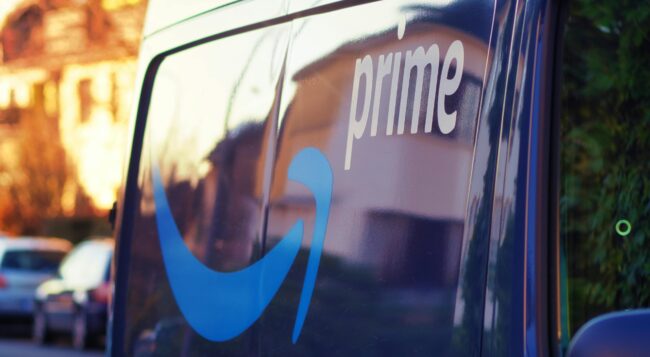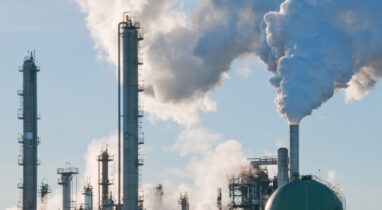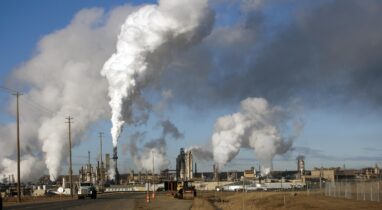By Sarah Lazarovic, Vice President of Marketing, Clean Prosperity
Originally published by the Toronto Star
Maple Leaf Foods recently announced it’ll be adding a jazzy new label to its packaging: a seal that declares its products carbon zero. It’s PR to be sure, part of an announcement proclaiming them the first major food producer to be carbon neutral, but it’s also in line with a sustainability effort that seems both durable and heartfelt. And as the world snaps to climate attention, it’s better to be ahead of the climate-disclosure curve than behind it. Other producers would do well to get in line.
In the coming months and years, climate pledges and voluntary disclosures of information will simply become best practice.
A few months ago Unilever announced a climate plan that will see it label 70,000 products with carbon-emissions information. All over the place, big companies are broadcasting their low-carbon bona fides. Third-party apps and tools are letting consumers calculate the carbon emissions of things like the ice-melting toll of their pesky Amazon Prime habit. Even further proof in the appetite for carbon emissions tools is former Bank of Canada head Mark Carney’s announcement to create a credible carbon-offset market that will likely dictate how companies report carbon footprints.
Carbon labelling has been an idea without a champion for a few decades now. The lack of a uniform standard for measurement and labels is indeed a problem, but one that should be easy to solve, as we move to a world where all products have their carbon intensity clearly conveyed, in a manner that’s easy for the public to understand. Labels could declare their emissions intensity, overall neutrality, or reflect quantitative category comparisons — this product will destroy much less of the rainforest than that product. It’s a complex calculus, to be sure, but it’s not hard to imagine a world where carbon is as clear as calories.
While some corporate interests may be championing carbon labelling because they care about a habitable planet, many are just realizing it’s good business. Increasingly, consumers asked to shoulder the burden of individual responsibility for the climate crisis want to know the sustainability stats of the products they purchase. At Clean Prosperity, our most recent polling found that 71 per cent of Canadians would like to see carbon labelling. Which makes sense. In a world where corporations tell people to think about their carbon footprint, consumers should be pushing back when they have next to no way to do so.
The argument that it’s too difficult or expensive to trace supply chains or measure for emissions across all levels of production (called scopes) also holds less and less weight, as we move to better technology and measurement across the globe. Consumers want to know where their products are coming from. Carbon clarity also helps people understand and engage in the larger issue of carbon pricing, as consumers are able to see the direct costs of emissions reflected in the things they buy.
And it’s a trend that’s only going to continue. Millennials have long expressed a desire to support companies that support their values. But an implementation-intention gap, as well as a huge knowledge void often makes it difficult to do so. A recent UBC study makes painfully clear how little we know about our carbon emissions, and where to find the best bang for our carbon-reducing buck. But that is changing, as consumers demand greater transparency and information about the provenance of their goods.
Smart companies who do business in high-carbon industries will need greater social licence to operate. Which is why it makes good sense that a meat manufacturer would want consumers to know that its product is carbon neutral. It’s also about self-preservation. Big agriculture, seeing its supply chains in jeopardy thanks to soil degradation, is jumping on regenerative farming as a means to keep carbon in the soil. Letting customers know about this effort is a bonus beyond the existential necessity of having a viable business.
The current challenge for Canada is to not get left behind when it comes to the opportunities inherent to our transition to a zero-carbon world. Whether it’s seizing opportunities to scale up our hydrogen infrastructure, or getting ready for new trade relationships with our biggest partner, it’s essential that we move with clarity and speed and foresight. Carbon labelling will soon be table stakes. Canada needs to make sure we keep up, lest our products lose pride of place on the world’s tables.







